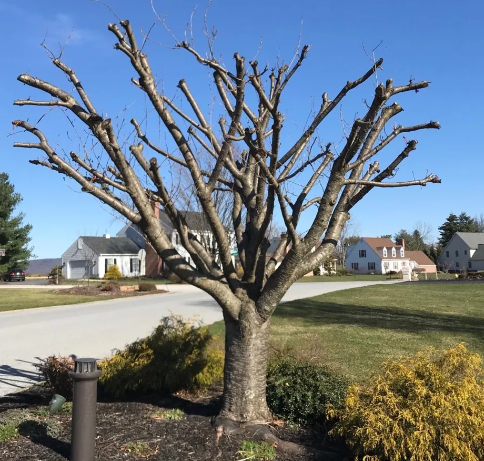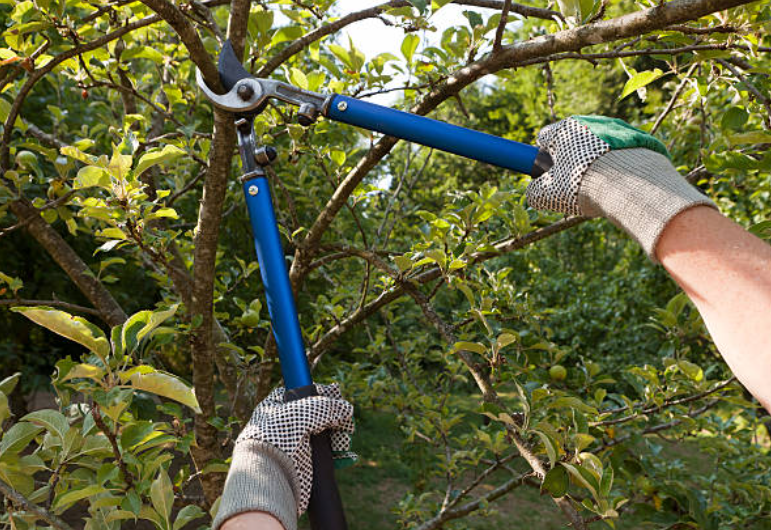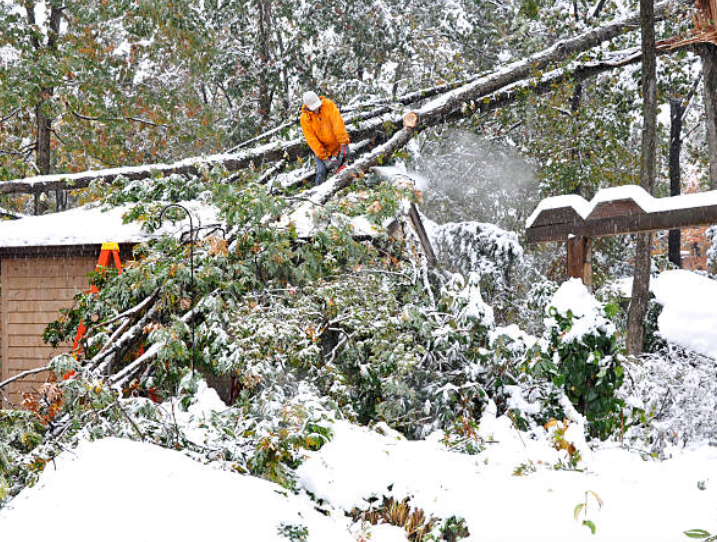Best Tree Trimming Method: Tree Topping vs Tree Crowning
Dealing with towering trees that outgrow their allotted space can be a challenge for property owners. So a dilemma arises on how to safely and effectively reduce these trees to a manageable size. This article explores two of the more common methods used by tree service companies; tree topping and tree crowning. Each method is different and there should be a clear preference on which one should be used in most cases.
Tree Trimming Benefits
Tree trimming is a very beneficial tree service, ensuring both the aesthetic appeal and continuous health of trees. Companies use various tree trimming techniques to help maintain tree structure and eliminate unwanted growth as well as increase sunlight penetration and airflow through the canopy. Removing large or overgrown limbs prevent excessive growth that could potentially pose risks to property and neighboring areas.
Understanding Tree Topping
What is Tree Topping?
Tree topping, also known as "tree pollarding" is a controversial pruning practice involving the removal of a significant portion of a tree's branches and foliage, often reducing the tree's overall size. This is typically done by cutting back the main branches or leaders of the tree to stubs or lateral branches. The process is not only visually striking but is universally agreed that it should not be a typical tree trimming method used.
Why is Tree Topping Controversial?
The abrupt removal of a significant portion of a canopy can lead to stress and shock for the tree. The exposed stubs become vulnerable to diseases and pests, compromising the tree's natural defense mechanisms. It also removes a large portion of the tree that is able to absorb sunlight and produce the necessary energy to heal itself and create new healthy growth. Additionally, the appearance of a tree after it has been topped is unattractive and undesirable for most property owners.
When Can Tree Topping be Used?
While tree topping is generally discouraged, there are specific situations where it might be considered. In cases where a tree poses an immediate risk to property or safety, tree topping can be used but only as a last resort. If other methods are available to use, then tree topping should be avoided. However, such decisions should be made with caution, and the long-term health implications must be carefully weighed against the short-term benefits.
Can Trees Recover from Tree Topping?
The ability of trees to recover from topping depends on various factors, including the tree species, its overall health, and the extent of the pruning. In many cases, trees can survive and produce new growth, but the process is stressful for the tree and may leave it more susceptible to diseases. Extra care such as additional watering and fertilization is crucial for supporting the recovery of trees that have undergone topping.

Tree Crowning
What is Tree Crowning
Unlike tree topping, tree crowning is a more conservative and selective tree trimming approach. It can also be known as "crown reduction" or "crown pruning." It involves selectively removing branches and foliage from the upper part of a tree's canopy (crown) to reduce its overall size. The goal is to reshape the tree, maintain a balanced structure, and mitigate potential hazards without resorting to the drastic measures associated with tree topping.
Is Tree Crowning Beneficial?
Tree crowning offers several benefits compared to tree topping. By selectively removing branches, arborists can improve the overall health of a tree by enhancing air circulation and sunlight penetration. This can contribute to better photosynthesis, nutrient distribution, and resistance to diseases. The controlled nature of crowning minimizes stress on the tree, reducing the risk of disease and pest infestations. Removing dead, diseased, or structurally weak branches also reduces the risk of falling limbs, making the tree safer for people and property. The biggest benefit of crowning over topping is the aesthetic appeal. It can help maintain a desirable shape, enhance the tree's appearance, and ensure it fits well within its surroundings in landscaping. As a result, trees subjected to crowning often exhibit improved resilience and longevity.
When Should Crowning be Done?
Crowning is typically performed during the dormant season when trees are not actively growing. This minimizes stress on the tree and provides an opportunity for it to recover and heal easier. The frequency of crowning depends on the tree species, its growth rate, and the desired aesthetic outcomes. Each tree should be assessed individually, with factors such as age, health, and location before recommending crowning as part of a tree trimming option.
Choosing between Tree Topping or Crowning
The choice between tree topping and crowning depends on the specific needs and circumstances of each tree. In general, crowning is often considered the more favorable option as it allows for targeted pruning while preserving the overall health and structure of the tree. Tree topping, on the other hand, is a more drastic measure and is usually reserved for situations where immediate risk mitigation is necessary.
Importance of Hiring Professional Tree Trimming
The expertise of a
professional tree trimming service is indispensable. When it comes to tree trimming, whether it be crowning or topping, the knowledge and skills of a certified arborist play a pivotal role in ensuring the health and longevity of your trees. Professional tree service providers understand the nuances of each method, considering factors such as tree species, age, and specific environmental conditions. Their ability to make informed decisions, coupled with precision in execution, minimizes risks and promotes optimal tree health. Trusting the care of your trees to qualified arborists ensures that the trimming process is conducted with finesse, contributing to the overall well-being of your trees.
You might also like

Book a Service Today
We will get back to you as soon as possible
Please try again later


